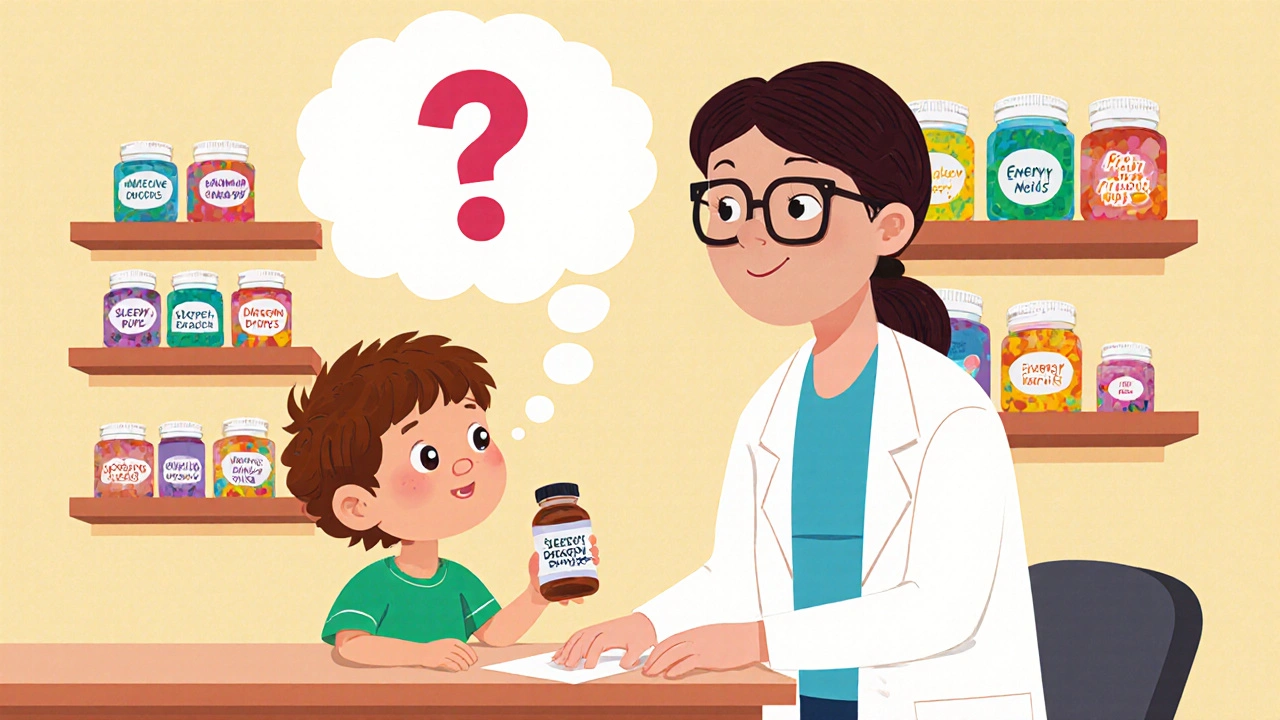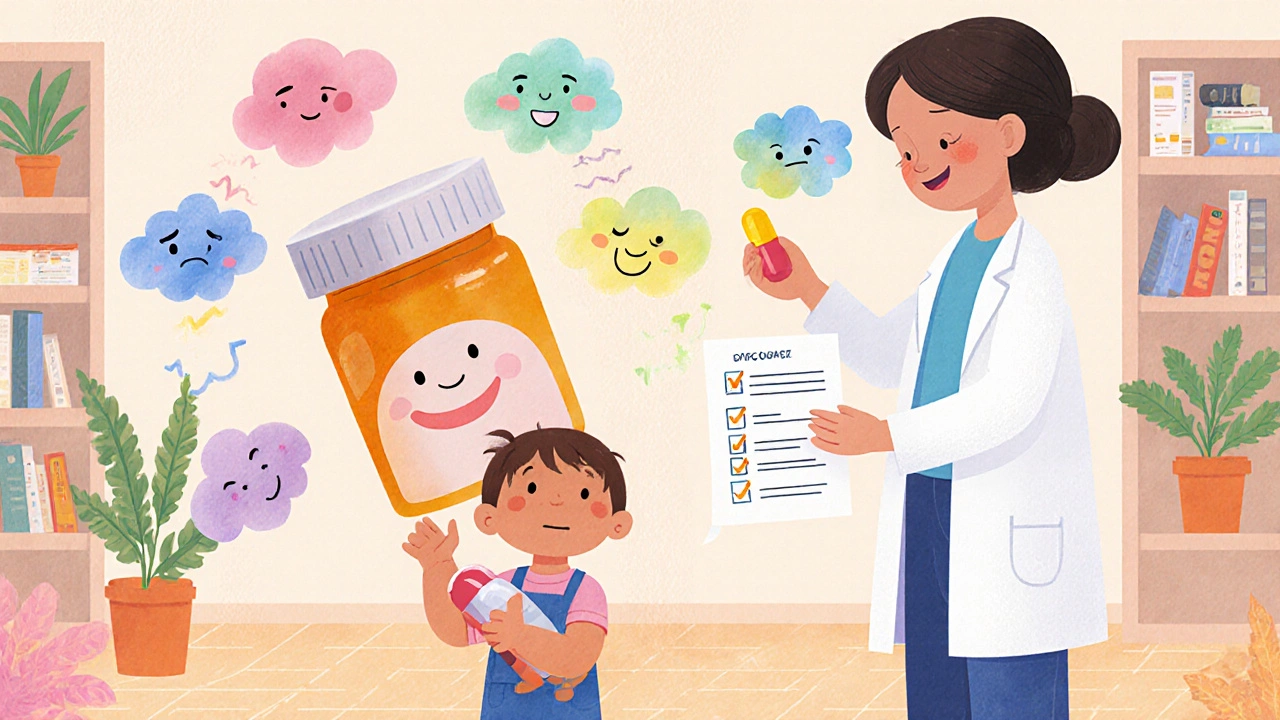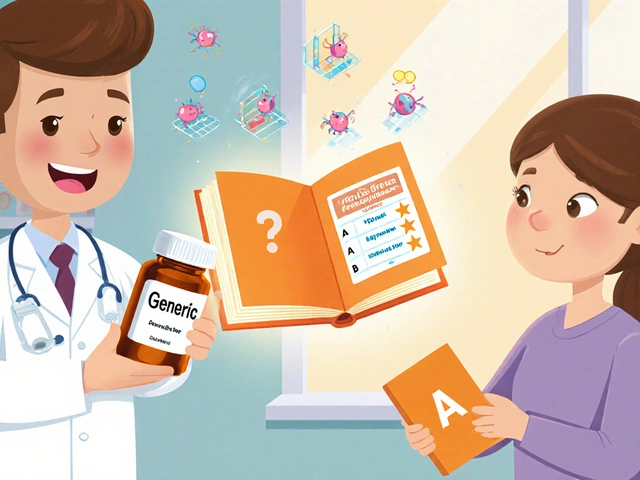Side effects: How to spot, manage, and report medication reactions
Medicines help a lot, but none are risk-free. Side effects range from mild annoyances like dry mouth or tiredness to serious problems like chest pain, severe rash, or breathing trouble. Knowing what to watch for and what to do makes taking any drug safer. This guide gives clear, practical steps you can use the next time you start a medication.
Spotting side effects quickly
Pay attention during the first days and weeks after starting a new drug. Common side effects often show up quickly; others build up over time. Keep a short log with the drug name, dose, start date, and any new symptoms. That record helps your doctor connect symptoms to a medicine instead of blaming unrelated issues.
Look for warning signs that need urgent care: trouble breathing, swelling of face or throat, fainting, chest pain, sudden severe headache, or high fever with a rash. For milder but disruptive issues — like stomach upset, insomnia, or mood changes — call your provider for advice before stopping the drug.
Practical ways to reduce risk
Read the leaflet and check interactions. Many side effects happen when drugs mix badly with other meds, supplements, or even certain foods. For example, some blood pressure pills interact with potassium supplements and some stomach medicines change how well other drugs absorb. Ask your pharmacist to review your full list of medicines.
Start low, go slow when possible. If a doctor allows, beginning with a lower dose and slowly increasing can cut down side effects. Stick to recommended timing — some meds work better with food, others on an empty stomach. Also check storage: heat or moisture can spoil drugs and change how they act.
Manage common symptoms simply. Nausea often improves if you eat a light snack before a dose. Minor headaches may respond to water and rest. For skin irritation, stop using topical products until you check with a clinician. Never double doses to "catch up" if you miss one; that can cause stronger side effects.
If a side effect seems linked to a prescription, don’t just stop and hope it goes away. Call your prescriber or pharmacist, explain the timing and severity, and ask about safer alternatives. Many drugs have substitutes with fewer problems — for example, if a statin causes muscle pain, other options or lower doses may work better for you.
Report serious or unexpected reactions. In many countries you can report adverse effects to a health agency or through your doctor. Reporting helps regulators spot patterns and keeps everyone safer. Save packaging and receipts when possible — that info helps investigators.
Final tip: stay connected with your care team and ask questions. Clear notes, open communication, and quick action when something feels off will cut risks and keep your treatment on track.







